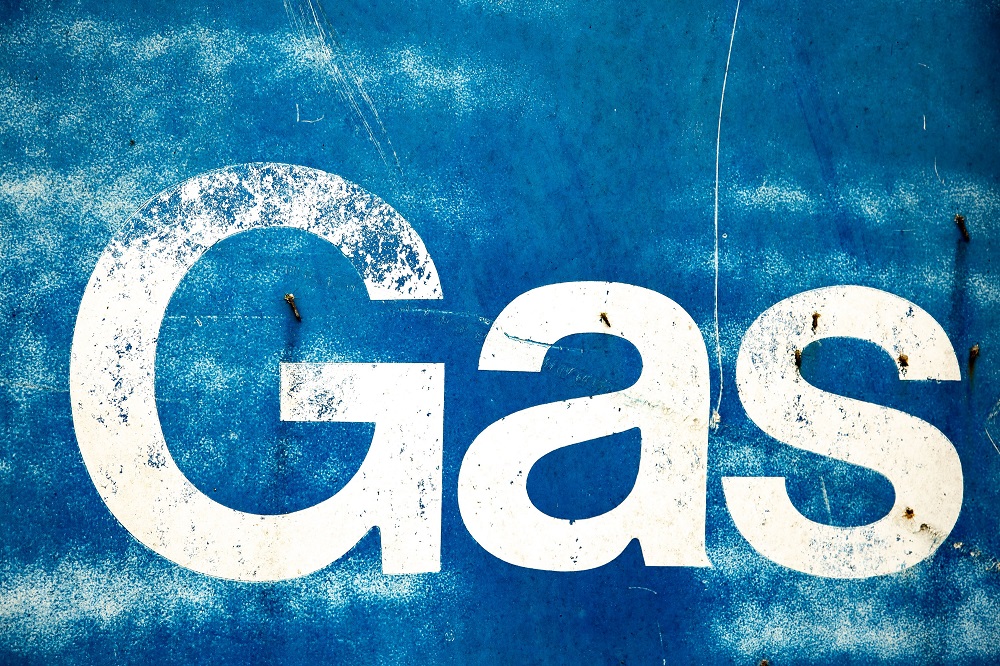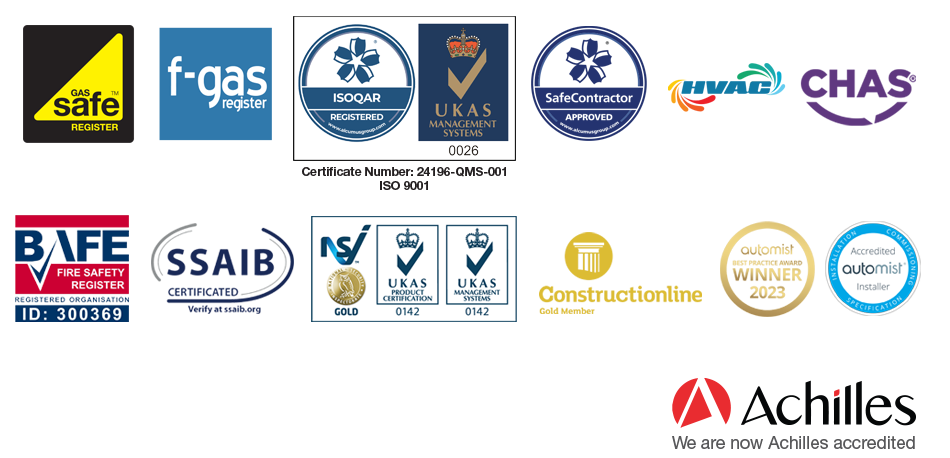Fluorinated gases (also known as F Gasses) is a type of refrigerant most commonly used in HVAC systems. It was extremely popular for a long time, and became the dominant refrigerant used to provide cooling in commercial HVAC systems. It’s man-made, easy to mass produce and is incredibly efficient at cooling, which all made it immensely popular.
It’s also a significant cause of global warming, which is why most HVAC companies are moving away from using F Gasses.
What Are F Gasses?
F Gasses are a collection of man-made fluorinated greenhouse gasses that are used in all sorts of industrial applications. After years of research, we know now that F Gasses can stay in the atmosphere for hundreds of years, meaning they are contributing more to the ‘greenhouse effect’ and global warming than carbon dioxide. Around 23,000 times more than carbon dioxide, in fact. F Gasses are most commonly used in refrigeration, air conditioning and heating. They include HFCs (hydrofluorocarbons), PFCs (perfluorocarbons) and SF6 (sulphur hexafluoride). And despite how effective they are for refrigerant purposes; the industry and the government couldn’t ignore the harm they were doing.
Phasing Out Plans
In 2014 the EU triggered a plan to phase down and eventually phase out the use of F Gasses, including introducing new regulations on their use. Since around 75% of F Gas use was in refrigeration, air conditioning and heating, the landmark F-Gas Regulation was designed to reduce the use of the harmful gasses. The regulations introduced a quota system based on the highest GWP (global warning potential) F Gasses, designed to phase down their use between 2015 and 2030. The target is to reduce the CO2 equivalent of all gasses to 21% of the baseline by 2030.
It’s also now a legal requirement for all companies handling F Gasses to hold the F-Gas Company Certification. Even sole traders have to be certified by an approved body if they’re servicing equipment operated by others that contains F-Gases. No one is allowed to work with F-Gasses without the correct certification.
So now that the plan has been in place for 7 years, it’s time to review how things are going.
Is It Working?
Using the 2015 data as a baseline 100%, by 2020 F Gas use had reduced to 63%. Projections show that between 2021 and 2023 the rate should reduce to 45%, with the baseline meeting 21% by 2030. However at the moment, there is no ban on any particular type of F Gas, and equipment using them can still operate. Instead, the quota system makes the gas more expensive the more global warming potential it has. Higher GWP, more expensive gas. Which does mean that gases with the highest GWP have already been eliminated thanks to the impact on service and maintenance costs.
In 2020, a service ban was brought into force, which means that equipment with a charge in CO2 equivalent greater than 40 tonnes could no longer be refilled or serviced using F Gasses with a GWP higher than 2,500. This means that once these machines need servicing or their gases run low, operators will need to switch to a new refrigerant.
At Bonus Eventus Maintenance we are fully F Gas certified, and are able to service any and all varieties of HVAC systems. But we do prefer working with HVAC systems that are kinder to the environment and are always happy to help our clients switch to a different refrigeration method. If you’d like to find out more about F Gases or how to move away from them, just get in touch with the team today.

